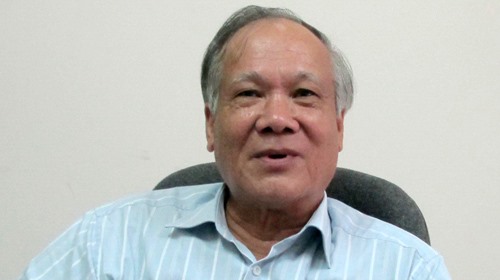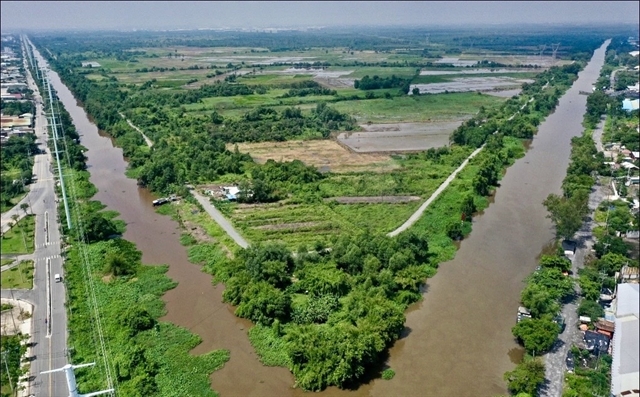 Opinion
Opinion

Trần Ngọc Hùng, chairman of the Việt Nam Construction Association, speaks to Việt Nam News Agency about key reasons for the delays in the renovation of old living quarters in Hà Nội.
 |
Trần Ngọc Hùng, chairman of the Việt Nam Construction Association, speaks to Việt Nam News Agency about key reasons for the delays in the renovation of old living quarters in Hà Nội.
How do you evaluate the national programme to renovate old living quarters?
The national programme to renovate old living quarters was launched more than 10 years ago, but its implementation has been very slow. As a consequence, its results have been limited.
According to the latest report, some 25 percent of the old living quarters have been described as “very dangerous.” They could collapse at any time and the lives of people living in these building are at risk.
What are the main factors preventing the programme from following its approved plan?
The Government’s policy is totally right, yet specific guidelines and solutions to implement the policy have not been translated into real life.
I should say the implementation of the national programme so far has leaned on the so-called programme of “socialisation” – people from all walks of life are involved, while the State’s role has almost been unseen. These old buildings were built in the years of State subsidisation – before 1986 when Việt Nam started its renewal programme (đổi mới). Residents living in these buildings were mostly workers, Government employees and people having served in the two wars for national liberation against France and then the US.
As time goes by these residential quarters have been seriously degraded. Under Government Decree No 61.1994, housing development companies are allowed to develop their plans to demolish degraded buildings with consultation from apartment owners. After agreements between the developers and the residents are reached, the developers would then present construction plans to concerned authorities for approval.
Such an administrative procedure, in my own opinion, runs against Việt Nam’s construction policies.
For investors, all they want is to increase living areas, including increasing the number of floors. Increased living space is better for their businesses. That is why in the past few years, some old five-storey buildings were torn down for the construction of buildings with more than 20 floors. These tall buildings are all located in prime areas.
Do the authorities have any special policies to address population and infrastructure pressure in major urban areas?
Principally speaking, we should encourage developers to build more urban areas where everything is available, including schools, kindergartens, shops, hospitals, service areas and offices. These areas would be self-contained so residents do not need to travel daily to work and children do not need to travel to school.
In other words, residents in these new urban areas will not have to worry about traffic congestion as in the inner city.
In reality, some developers have not paid attention to synchronous infrastructure development in these areas.
Quite a few housing projects have already been completed on the third Ring Road along Thăng Long and Bắc Thăng Long boulevards. But they are deserted because of their poor essential infrastructure, particularly the lack of running water, electricity and schools.
That is why in my opinion, the Government should prohibit temporary residency while building more re-settlement areas with full public facilities, including schools and infirmaries for people whose houses have been demolished for new projects.
In your opinion, what measures should the Government adopt to step up the national programme to renovate old multi-storey buildings?
In my opinion, the Government should play a key role in the implementation of this program. It should adopt workable policies to bring the programme into reality.
The first thing the Government must do is have good planning. According to the Planning Law, it is the Government’s responsibility to develop a plan on the reconstruction of old tall buildings. Under the Vietnamese law, the land belongs to the State and the people are only the owners of the apartments in which they live.
In other words, the Government should have a policy to call upon investors to join in the reconstruction of old tall buildings. Of course, the Government must ensure the investors will benefit if they join with the government in the reconstruction of these buildings.
Last but not least, residents in these buildings must contribute in the course of renovating the buildings. Of course, the payments will be in installments with a low interest rate, just as it is applied in other social housing projects. — VNS




